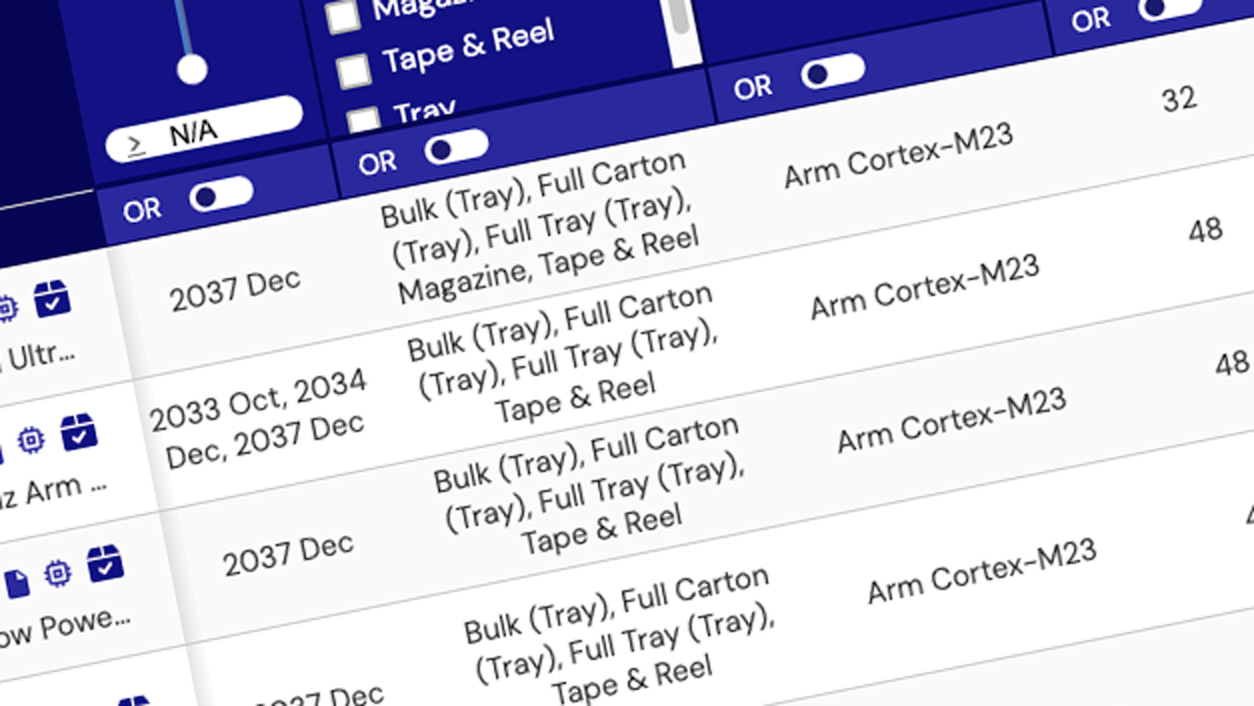Renesas' Li-ion battery-relevant devices are designed to meet the reliability and performance requirements of portable and battery-powered applications such as consumer products, home appliances, battery backup, and vehicles.
Renesas' chargers address the needs of handheld devices, mobile internet devices (MIDs), laptops, power tools, and many others. This is accomplished with fully integrated solutions for compact applications and with charge controllers for higher power applications.
For automotive products, please see Automotive Battery Management.
